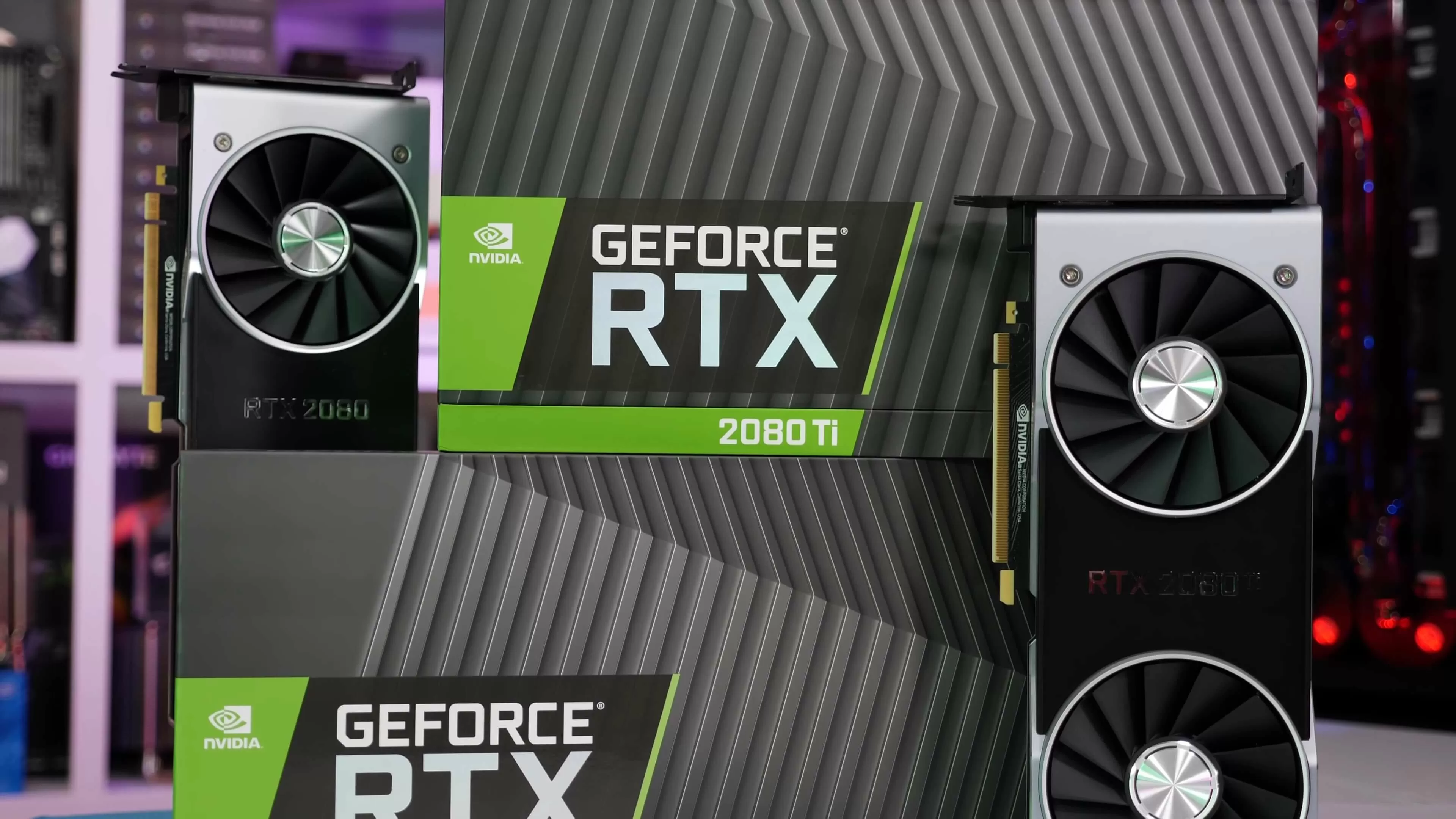In a nutshell: In the battle between AMD’s and Nvidia’s most recent graphics cards, it’s fair to say that team green’s series has been the more successful by far—but are they more reliable? Yes, according to statistics from one German retailer, though the RTX 2080 Ti has the highest RMA rate.

Germany’s largest PC retailer, Mindfactory, has published RMA (Return Merchandise Authorization) data for AMD’s Radeon 5000 series (5500 XT and above) and Nvidia’s Turing cards (GTX 1660 Ti and above).
The first stat that jumps out is just how much Nvidia outperforms its competitor in terms of sales. The data shows that 76,280 cards from Team Green were sold, while AMD managed 44,100 GPU sales.
When it comes to failures, Nvidia had 1,607 units RMA’d and AMD saw 1,452 units. Taking into account the total sales numbers, that means Nvidia had a RMA rate of 2.1 percent and AMD had a 3.3 percent rate—about 50 percent more than its rival.
| Graphics card series | RMA Rate |
| AMD 5700 | 3.6% |
| AMD 5700 XT | 3.58% |
| AMD 5600 XT | 1.99% |
| AMD 5500 XT | 0.95% |
| Nvidia RTX 2080 Ti | 5.35% |
| Nvidia RTX 2080 | 3.63% |
| Nvidia RTX 2070 | 3.04% |
| Nvidia RTX 2060 Super | 1.85% |
| Nvidia RTX 2060 | 1.82% |
| Nvidia RTX 2070 Super | 1.24% |
| Nvidia RTX 2080 Super | 1.24% |
| Nvidia GTX 1060 Ti | 1.20% |
Looking at individual series’ RMA rates, the RTX 2080 Ti has the unwanted distinction of the highest failure rate: 5.3 percent. The GPU SKU that failed most, however, was the Red Devil PowerColor AMD RX 5700 with a 13.18 percent failure rate. PowerColor, whose video cards are limited to AMD lines, had the worst RMA rate of all vendors at 5.59 percent.
On AMD’s side, the company’s 5700 and 5700XT cards had a failure rate of 3.6 percent, but the 5500 XT’s RMA was just 0.95 percent.
Why the cards were RMA’d isn’t revealed, and it’s best not to read too much into data from just one retailer. Moreover, a particular batch could have shipped with problems, and improvements to drivers often mean later cards are more reliable than their predecessors. Still, Nvidia will be happy.
https://www.techspot.com/news/86236-retailer-data-shows-amd-5000-series-has-almost.html
